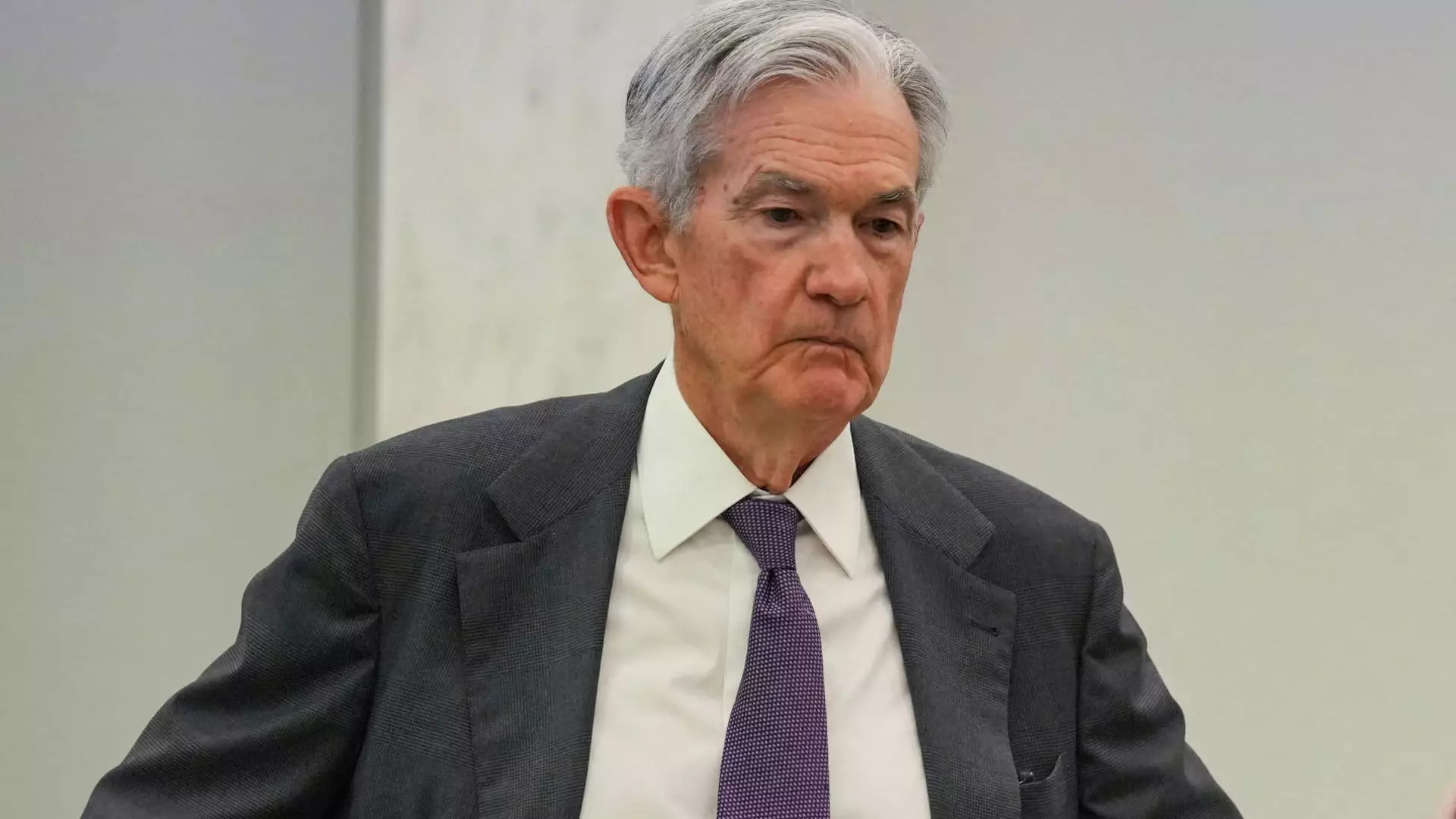For decades, the Federal Reserve has operated under the myth that it functions as an independent arbiter of monetary policy, free from political influence. This illusion has fostered an environment where the Fed’s decisions are perceived as purely technical, insulated from the whims of presidents or partisan agendas. Yet, recent developments reveal a starkly different reality: the Fed’s independence is increasingly compromised by political pressure, internal mismanagement, and opaque decision-making processes. Recognizing these flaws is essential if we are to advocate for a more accountable, transparent, and democratically responsible central banking system.
The recent controversy surrounding Federal Reserve Chair Jerome Powell exemplifies this crisis. While Powell’s leadership has been officially maintained, the groundswell of calls for his resignation, notably from President Trump, exemplifies a disturbing politicization of the Fed. When monetary policy becomes a bargaining chip rather than a set of tools rooted in economic data, the stability and credibility of monetary institutions are jeopardized. The idea that the Fed can operate free from influence is increasingly a facade—an illusion that must be dismantled. Only through systemic reform can we ensure that the central bank’s power does not become a weapon wielded in partisan battles, ultimately threatening economic stability.
The Problem of Excessive Power and the Need for Oversight
One of the core issues underlying the current chaos is the unchecked scope of the Fed’s responsibilities. From setting interest rates to managing the money supply, to overseeing financial stability, the institution’s scope has ballooned beyond its original mandate. The recent revelations about the Fed’s $2.5 billion building renovation, rife with cost overruns, underscore the problem of a sprawling organization operating with limited accountability and oversight. The absence of effective parliamentary scrutiny enables inefficiencies, misjudgments, and bloated bureaucracies to flourish—a phenomenon that has long undermined trust in the institution.
Furthermore, internal debates about the Fed’s scope often remain shielded from public view, fostering opacity. A strong, centralized authority should be complemented by rigorous checks and balances that prevent power from becoming concentrated in a small, unaccountable elite. The idea of an internal review or “jewel box,” as some suggest, borders on cosmetic reform, risking superficial changes that leave core issues unaddressed: the overreach and lack of accountability inherent in the system. Far more radical reforms are needed, including probable structural restructuring, to prevent the Fed from drifting further toward unchecked authority.
The Political Savagery and the Fight for Genuine Independence
The ongoing political tug-of-war over interest rate policy exposes the fragility of the Fed’s supposed independence. President Trump’s vocal demands for lower interest rates, coupled with his threats to replace Powell, illustrate a disturbing tendency to politicize monetary policy. This undermines not just the authority of the current leadership but the very foundations of independent central banking. When Presidents threaten to fire or influence the Fed’s leadership to sway policy outcomes, the thin veneer of independence cracks apart.
The argument that the Fed should be free from politics is compelling, yet not enough. Independence must translate into genuine insulation from partisan pressures, supported by transparent processes and robust oversight mechanisms. Fed officials, like Michelle Bowman, rightly emphasize the importance of accountability. However, without structural safeguards—such as clearer Congressional oversight or democratic inputs—the Fed remains vulnerable to external influences that threaten to distort its mandate of stabilizing the economy.
Elevating the discussion beyond mere lip service to independence involves reshaping the governance framework—decoupling monetary policy from political whims, establishing transparent criteria for policymaker appointments, and empowering Congress to scrutinize and restrain the Fed’s expansive scope. If not, the Fed’s legitimacy will continue to erode, risking future crises rooted in politicized monetary decisions.
The Path Forward: Reclaiming the Fed’s Credibility and Power
Reforming the Federal Reserve requires a candid acknowledgment that its current structure is inherently fragile and prone to abuse. The institution must be reimagined as a democratically accountable body—one that balances independence with transparency. Ensuring that monetary policy remains driven by data and economic fundamentals, rather than political pressure, is non-negotiable.
This process involves more than superficial reviews or internal audits. It necessitates a fundamental restructuring, including increased Congressional oversight, clearer boundaries on the Fed’s responsibilities, and mechanisms to curb its tendency toward bureaucratic bloat. Power must be recalibrated, shifting some authority out of the cloistered halls of the Federal Reserve into more transparent, accountable forums.
Only through these reforms can we hope to salvage what remains of the Fed’s credibility and restore public trust. The current turbulence offers a pivotal moment—an opportunity to reshape the central bank into an institution that genuinely serves the public interest, free from the corrosive influence of partisan power plays. This is not just about fixing a flawed system; it’s about safeguarding the economic future of the nation from the perils of unchecked power and opaque governance.

